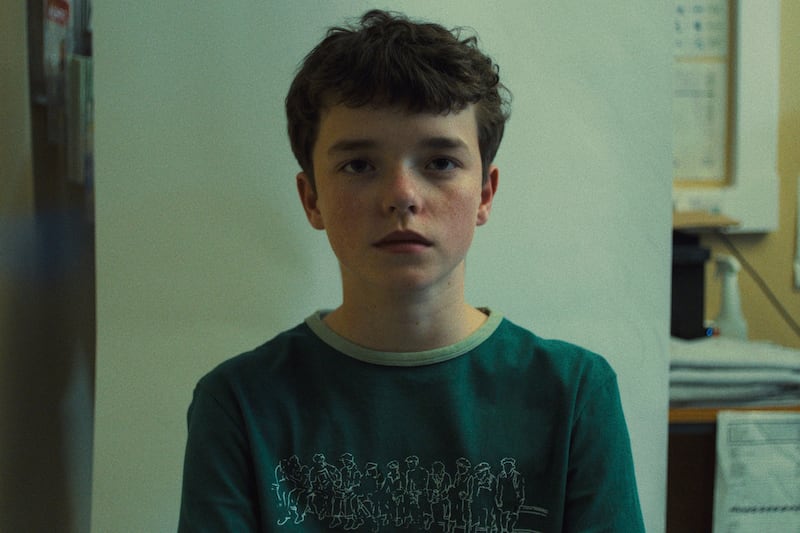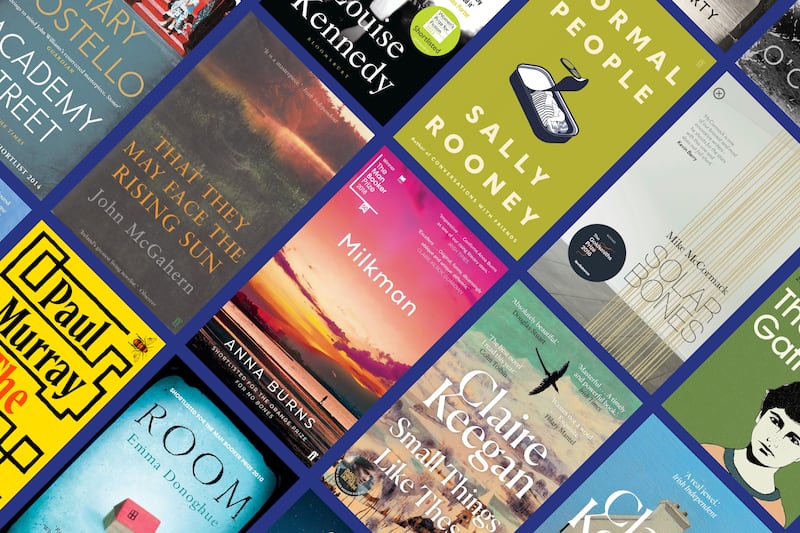The sun is high in the sky and a deafening chorus of cicadas is doing its best to interrupt Michael Riesman’s thoughts. “I’m out of town in the country, in Saugerties, New York,” the composer and musical arranger says. “I’m sitting in the sun. It’s very nice.”
Riesman is enjoying a short escape from Manhattan, where he has been a key collaborator with the celebrated composer Philip Glass for 50 years. He first worked with Glass as a keyboard player in the trailblazing Philip Glass Ensemble in 1974 – when Glass was widely perceived as a maverick and regarded with suspicion by the classical musical establishment, especially in the United States.
Half a century later Glass is a revered figure – arguably one of the most famous living composers. His work has graced films such as The Hours, Candyman and The Truman Show, while his repertoire of more than a dozen operas, including Satyagraha and Akhnaten, has played to packed houses worldwide. He has been name-checked in The Simpsons. The New Yorker has praised his “sprawling, churning, monumentally obsessive works”. His list of collaborators includes David Bowie, Brian Eno and the Indian composer Ravi Shankar.
Those artists are drawn to Glass’s reputation as the creator of “the last big idea” of classical music: minimalism. His signature technique, in which repetitive sounds are stretched out over long periods, has been hugely impactful on everything from classical music to electronica – as the Chicago Tribune critic John von Rhein observed, “That style has taken permanent root in our pop-middlebrow sensibility. Glass’s music is now indelibly a part of our cultural lingua franca, just a click away on YouTube”.
Riesman has been with Glass every step of that journey from outsider to icon. In that time he has graduated from a humble background figure to one of Glass’s most important musical foils. It is in his role as informal ambassador for Glass that he brings the Philip Glass Ensemble to Dublin for performances in Dublin next week.
The shows will showcase several of Glass’s signature pieces. The first concert, on Thursday, will include a recital in full of his landmark 1981 album, Glassworks – a chamber-music piece of six movements that has influenced contemporary musicians such as Nils Frahm, Hania Rani and Ludovico Einaudi.
“Glassworks was a consciously scaled-down look at his aesthetic,” Pitchfork explained in 2016 in a review of a reissue of the LP, which Glass intended to function as an introduction of his music to a mainstream audience. “Instead of presenting multiple hours of his gradually morphing themes, the suite of six compact pieces plays in just under 40 minutes.”

The second night at the National Concert Hall will feature a premiere of an orchestral reworking of the score to Naqoyqatsi, a 2002 art film by the experimental director Godfrey Reggio; it was their third collaboration, following Koyaanisqatsi (1982) and Powaqqatsi (1988). The new version, which has been co-commissioned by the NCH, will feature the National Symphony Orchestra and the cellist Kate Ellis.
Naqoyqatsi means “Life as War” in the language of the Hopi people – Native Americans from what is today Arizona. Completed in the shadow of the 9/11 attacks – Reggio’s studio was close to the World Trade Center – the film blends stock footage, computer animation and Glass’s score to meditate on the dangers of capitalism and the impact of technology on humanity (largely a negative in the view of Reggio). It isn’t a gentle watch – the idea is to challenge the audience rather than to provide escapism or entertainment.
“What Reggio has done here is to take mostly stock footage and digitally alter it, sometimes subtly, sometimes not so subtly, heightening what we see until a kind of eye fatigue sets in,” the Washington Post said about Naqoyqatsi on its release. “You want to look away but you can’t, not because the images are so seductive necessarily but because they browbeat us into a kind of submission that feels, ironically, voluntary. It hurts so good, in other words.”
Riesman worked with Glass on the three Reggio films. His relationship with the composer goes back to the beginning of Glass’s career, when the two were struggling classical musicians. They were both outsiders. Glass grew up in Baltimore, Maryland, the son of Latvian and Russian-Jewish immigrants and a graduate of the University of Chicago. Riesman, meanwhile, was a Fulbright scholar who studied with the composer Gottfried von Einem in Vienna before moving back to the United States to take up a teaching position at the State University of New York in suburban Harrison.
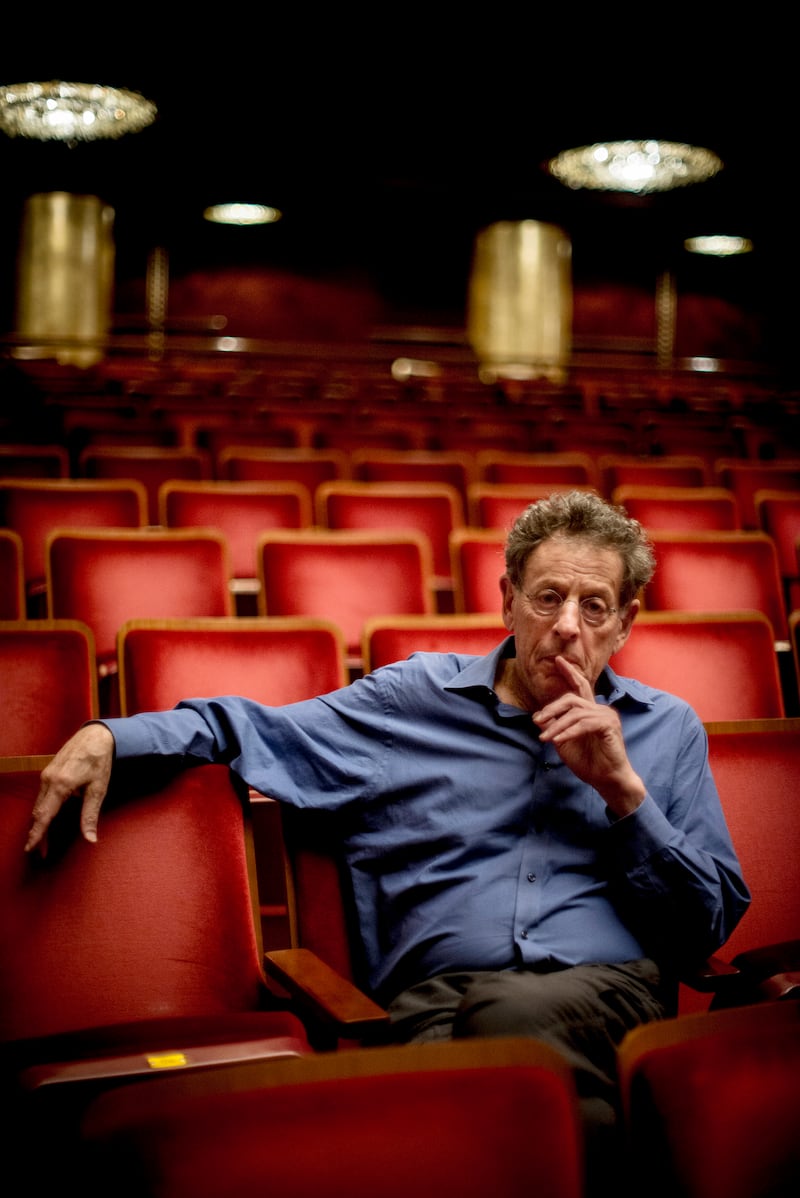
“I had met him socially. I was living in New York and working as a composer and a performer,” he says of his interactions with Glass. “I met him through art-world friends. My name came up when he needed a keyboard player. And so I got a call: ‘Would you like to come and audition?’ Which I then did. And then he said, ‘Well, come on this tour.’ He didn’t offer to make me a permanent member of the ensemble, but he was strapped because somebody had dropped out the last minute. And so I went on the tour and just stayed with them, ever since, gradually moving into the role of music director.”
New York in the 1970s was both falling apart and bursting with creativity. Muggers prowled the subway; Times Square was a cross between a red-light district and an outdoor toilet. But, downtown, the city was abuzz with cutting-edge music. This was the New York that gave the world Blondie, Talking Heads and Television – in addition to avant-gardists such as the composers La Monte Young and Rhys Chatham (an influence on the 1980s indie instigators Sonic Youth). It was this same cauldron of creativity from which Riesman and Glass emerged.
“The exposure was primarily in art galleries and lofts downtown,” Riesman says. “He took a big chance in 1974, before I joined the group, of renting the Town Hall [theatre] and seeing could he draw an audience there for the premiere of Music in Twelve Parts, and it worked. He did draw an audience. And I was at that concert hall. It was quite a surprise to a lot of people that, ‘Oh, man, Philip Glass can fill this uptown space.’ Yes, he could.”
Music in Twelve Parts ran over three hours and was acclaimed for introducing a daring and different element to orchestral performance. “A new sound and a new chord suddenly break in, with an effect as if one wall of a room has suddenly disappeared, to reveal a completely new view,” the New Yorker magazine swooned in 1978.
Still, for all the acclaim there was not much money at that time in three-hour minimalist song cycles. Glass paid the bills by operating a furniture-moving business with his fellow avant-garde composer Steve Reich and by driving a taxi. The goal, Riesman says, was not to compromise.
“He definitely made some rules in terms of how he thought music should be constructed. Rather than trying to beg people to play his pieces he said, ‘No, I’m going to be the boss. I’m going to start my own group to play my music, and I’ll pay people to play instead of having to beg them to play,’” Riesman says.
“He didn’t have to play any political games, other than to get performing and then taking a chance, like what he did at Town Hall, which was a brave thing to do. He proved that, yes, there is a market for this, and people will come. This enabled him to survive primarily by performing, although he still wasn’t making enough money to live on, continued to drive a taxi and so on. That was his choice. He didn’t want to have students, he didn’t want to have a teaching job, he didn’t want to have disciples. He just wanted to have his group and play his music and make enough money to get by and see where that went, all on his own terms.”
[ Philip Glass: ‘Everyone needs a technique, whether they’re a plumber or a cook’Opens in new window ]
If Town Hall was a triumph, New York was nonetheless content for Glass to stay downtown – to remain a creature of the lofts and the art galleries. It was in France that he would have his next breakthrough, when his five-hour opera, Einstein on the Beach, debuted in Avignon in July 1976. Reminiscent of the surrealist interludes in Christopher Nolan’s Oppenheimer, Einstein on the Beach was a groundbreaking meditation on the legacy of a founding father of the nuclear age.
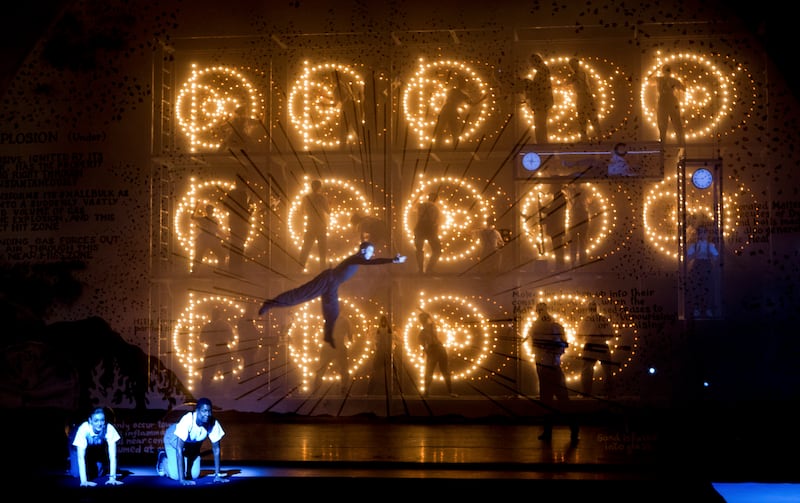
It didn’t pander, and its avant-gardism was, in places, almost aggressive. There wasn’t anything so old-fashioned as a story. Glass described the narrative as a “non-plot”. True to that characterisation, the opera unspooled as a series of hallucinatory sequences that referenced, in highly oblique terms, Einstein’s theory of relativity.
Critics acknowledged that Glass has produced a challenging work but praised the determination to break boundaries. They also noted the way in which the music disarmed and lulled the audience – an assault on the senses that was ultimately revealed to be hypnotic and even calming. “The listener usually reaches a point, quite early on, of rebellion at the needle-stuck-in-the-groove quality,” the New Yorker said. “A minute or two later he realises that the needle has not stuck; something has happened.”
Einstein on the Beach was the start of a new chapter, Riesman says.
“He had two big events that put him on the map. The first was Einstein on the Beach, which had a front-page arts review in the New York Times that resulted in it coming to New York and getting performed on the stage of the Metropolitan Opera House. The next real, internationally recognised thing was the film score to the movie Koyaanisqatsi, the first of the Godfrey Reggio films that hit it big, first at the New York Film Festival, and then had a theatrical release around the world. And then played subsequently on TV. That cemented his status as one of the premiere composers of his era. Exposure due to the film scores.”
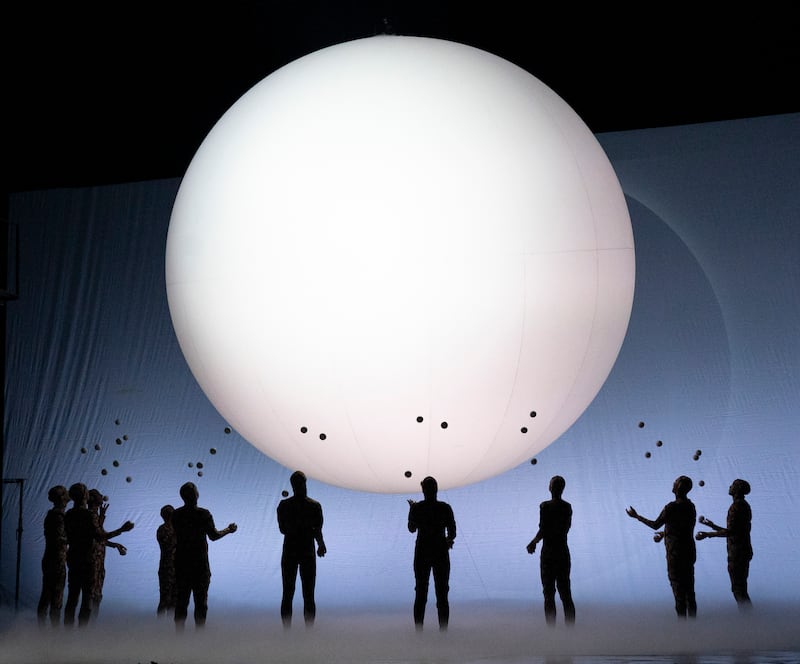
Glass has been Riesman’s most significant collaborator throughout his career. He has, however, worked with other artists – most notably David Bowie, who asked him to provide string arrangements to Black Tie White Noise, the 1993 record largely regarded as marking Bowie’s return as a serious artist after the indignities of the 1980s.
“Oh, that has very fond memories. He asked me to do a couple of arrangements, and I did one for The Wedding Song [a valentine by Bowie to his new bride, Iman], a string arrangement. I’m very proud of it. Unfortunately, I think he kind of buried it in the mix. I don’t hear what I did – [not] enough of it. He liked it. I thought it maybe deserved a little more play in the mix, but it was fine. And then I had worked on another track, added a few bells. We had fun in the studio.”
The mood will be different when he brings the Philip Glass Ensemble to Dublin. The centrepiece of two nights will be that orchestral version of Naqoyqatsi, a rumination on the impact of technology on humankind that is as relevant today as when it premiered in the shadow of 9/11.
“Koyaanisqatsi, Powaqqatsi, Naqoyqatsi – they’re timeless about the human condition, what we are doing in the world and how we are affecting the world. And how people are changing due to various pressures. They show a humanity. They also show some of the downsides of humanity. The destruction of the planet. The destructive effects of war – the subtitle of Naqoyqatsi is Life as War. It’s about struggle. It is an eternal theme that doesn’t change.”
The Philip Glass Ensemble play the National Concert Hall, Dublin, on Thursday, October 10th, and Friday, October 11th


